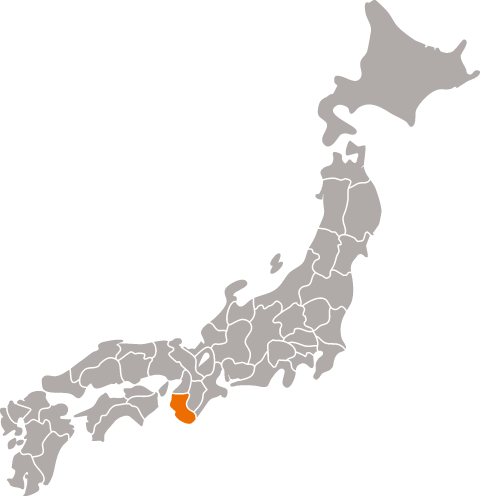Kinokuniya Bunzaemon “Junmai Ginjo”
Wakayama prefecture
When two top sake rice collide
Winner of multiple awards for being an exceptional sake enjoyed in a wine glass, this isn’t your typical ginjo. The floral bouquet is more like a sunflower bouquet, and the flavor is layered and expansive, thanks to the work of two famous sake rice, Omachi and Yamadanishiki. Label design is based on the ship that a famous merchant Kinokuniya Bunzaemon took, journeying to present day Tokyo carrying delicious tangerines from Wakayama.
Characteristics
| Brand | Kinokuniya Bunzaemon |
| Brewery | Nakano BC |
| Category | Junmai Ginjo |
| Subcategory | N/A |
| Taste Profile | Light & Dry |
| Rice variety | Yamadanishiki, Omachi |
| Yeast variety | N/A |
| Alcohol | 16.00% |
| RPR | 55% |
| SMV | 3 |
| Acidity | 1.3 |
Serving Temperature

-
 Recommended
Recommended
-
 Not Recommended
Not Recommended
Region

Kinokuniya Bunzaemon is made in Wakayama prefecture in the Kinki region.
Taste Metrics
Tasting Notes
-
Banana

-
Flower

-
Pear

Recommended Pairing
-
Seafood

-
Sushi/Sashimi


Nakano BC
Nakano BC (Biochemical Creation) was founded in 1932 as a soy sauce company, and started brewing sake in 1958. These days, they produce various food products with their knowledge in fermentation, and local Japanese plums that Wakayama Prefecture is famous for. The current toji, with 17 years of prior experience in Kyoto, is part of the Noto Toji Guild and has an expertise in dry sake. They sincerely hope you enjoy their products at home with BBQ and pasta, and enjoy the clean finish, along with floral notes and the expansive umami from the rice.
Learn moreCustomer reviews
Tippsy Sake Club
Our sommelier will recommend sake according to your taste when you join Tippsy Sake Club. Also enjoy:
- Members-only prices
- Discounted shipping
- An exclusive sake cup with your first club order
- and more!
All about sake
-
 Introduction
Introduction
Welcome To Your Sake Journey!
-
 Lesson 1
Lesson 1
What Is Sake?
-
 Lesson 2
Lesson 2
What Is Sake Made of and How Is It Made?
-
 Lesson 3
Lesson 3
What Is Rice Polishing Ratio?
-
 Lesson 4
Lesson 4
Types of Sake
-
 Lesson 5
Lesson 5
How To Store Sake
-
 Lesson 6
Lesson 6
How To Drink and Serve Sake
-
 Lesson 7
Lesson 7
Food Pairing Guide
-
 Lesson 8
Lesson 8
Best Sake Bottles and Brands for Beginners



